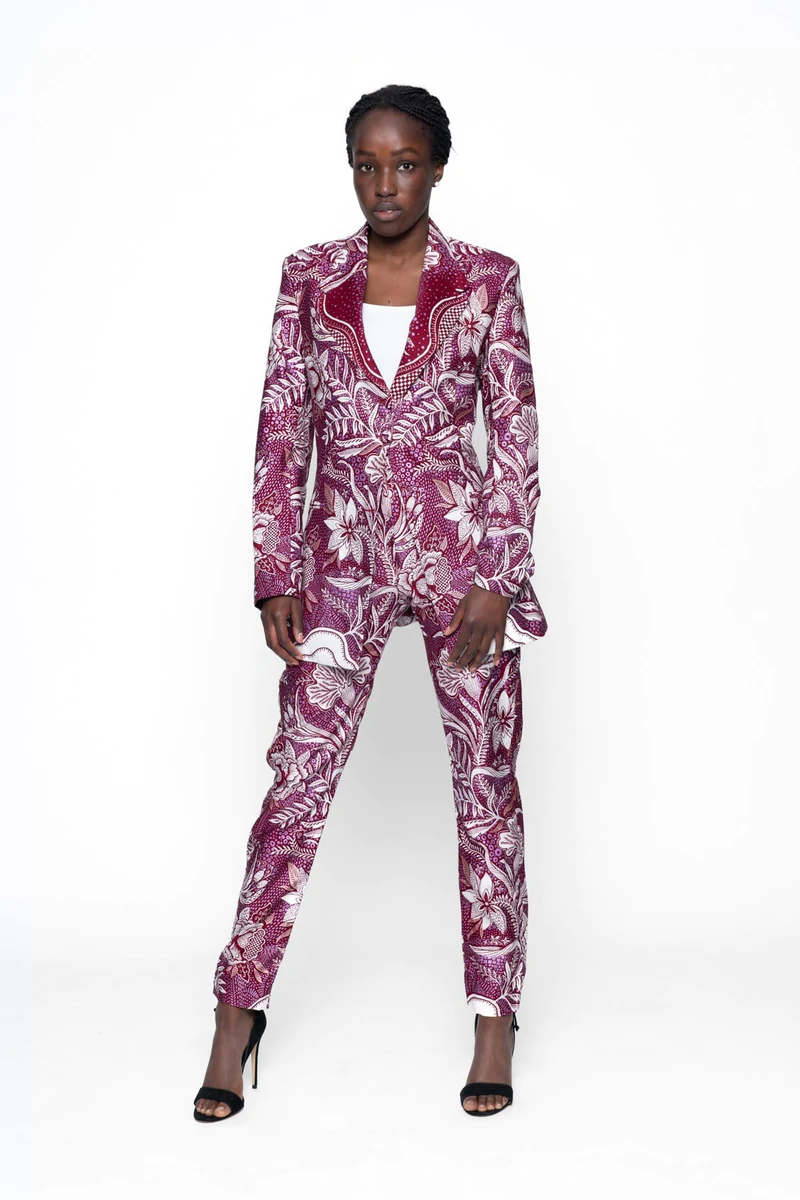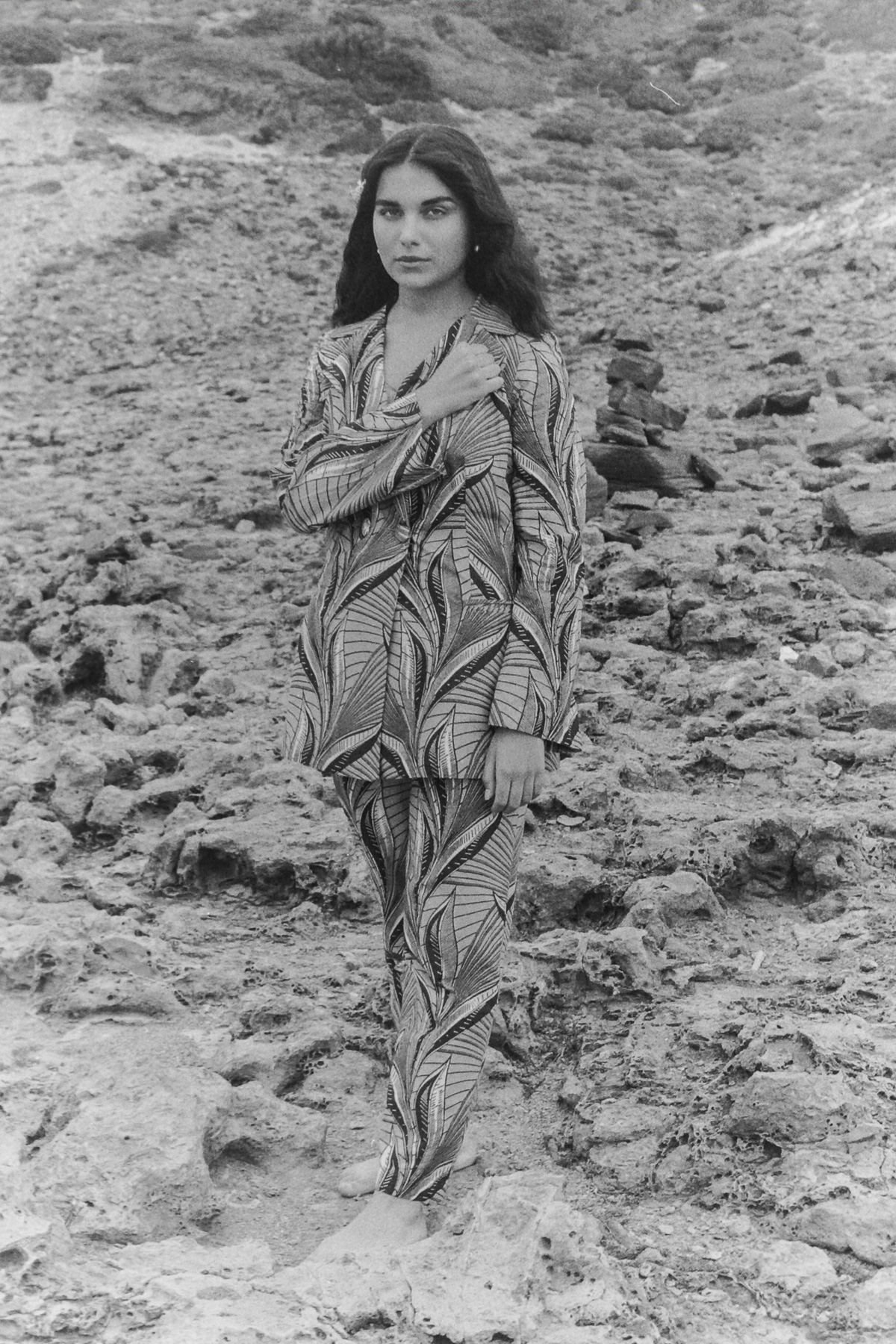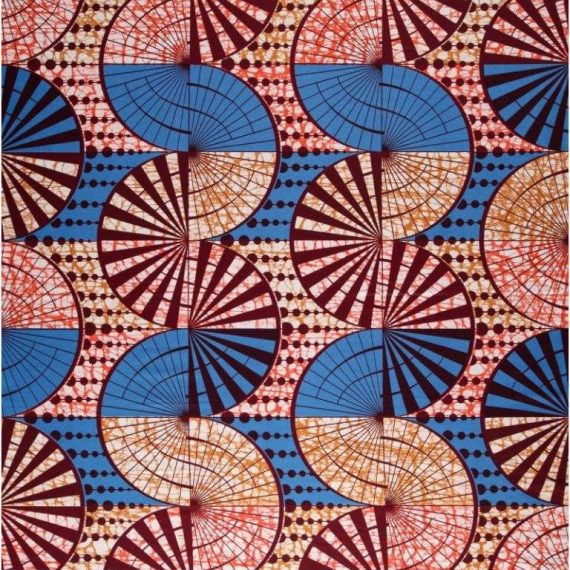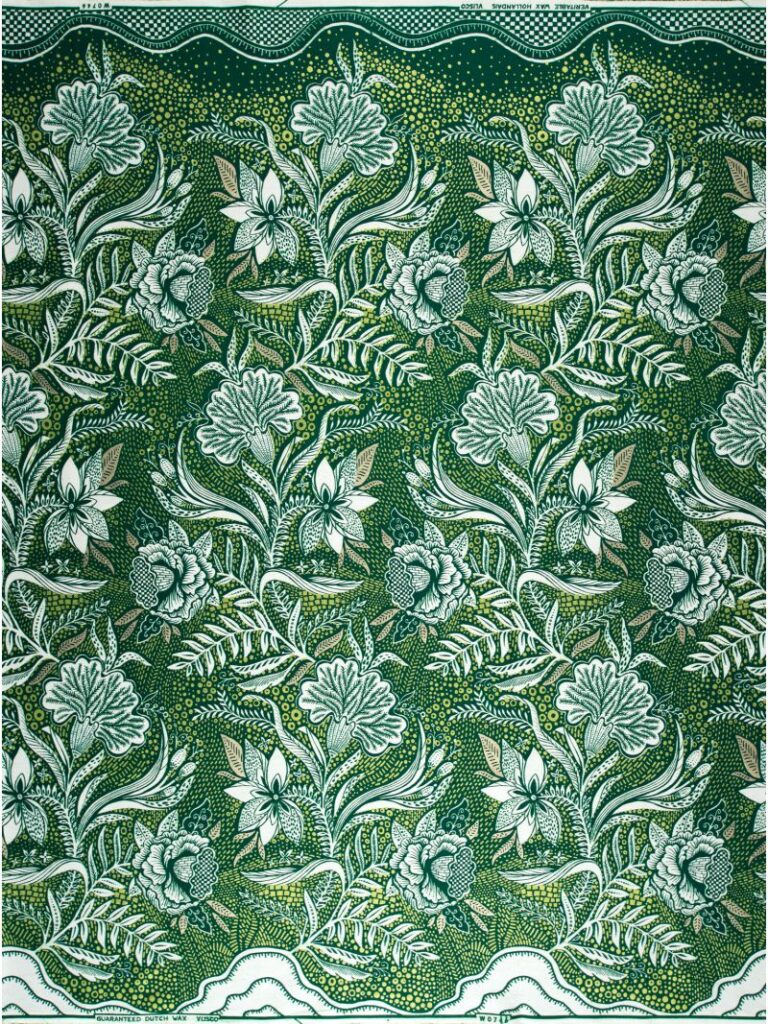At Maakola, we love working with genuine Wax Hollandais from Dutch fabric house Vlisco. Saturated in vivid color on both sides, these lively fabrics are a world away from today’s mass market digital prints — with Wax Hollandais, each yard of cloth is completely unique. Here’s what makes these African Wax Prints so special.
The history of Wax Hollandais
The iconic Wax Hollandais was first introduced in 1852, and it’s still Vlisco’s most popular fabric. This signature cloth is made using a wax-resist dyeing technique that was originally inspired by Indonesian batik. During the Dutch colonisation of Indonesia in the 1850s, the textile makers of Holland came into contact with Javanese batik, and wanted to reproduce these beautiful patterns using European machinery. The resulting fabric turned out to have a distinctive quality all of its own.
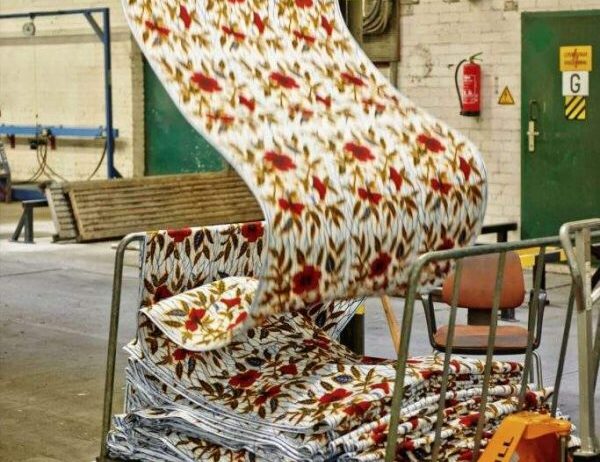
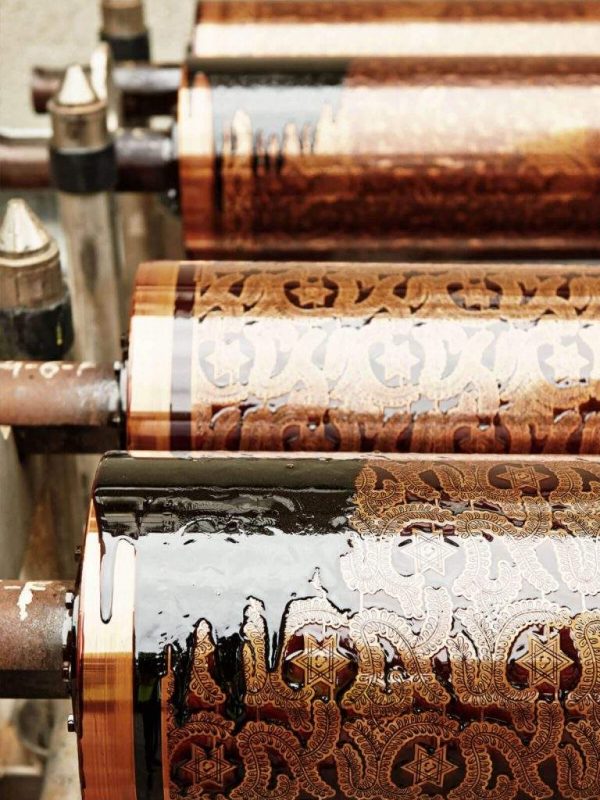

It was in West Africa, more than anywhere else in the world, that these vivid, colorful prints caught on. The fabric traders who brought them to market assigned different meanings and stories to each fabric. They captured the public imagination, becoming an important part of the culture, and one that still resonates to this day.
The uniqueness of the fabric is a large part of its appeal, and it’s all down to the Vlisco production process. Even though those fabrics are machine printed, the process is far more complicated than most modern digital printing techniques; in fact, each bolt of Wax Hollandais takes an average of 27 steps to produce.
How to care for Wax Hollandais
This strong, pure cotton fabric is easy to care for – but be sure to treat it gently. Machine wash inside out at a low temperature, making sure to separate light and dark colours and hang to dry in the shade. Do not bleach or tumble dry. Iron inside out at a maximum temperature of 150°C.









